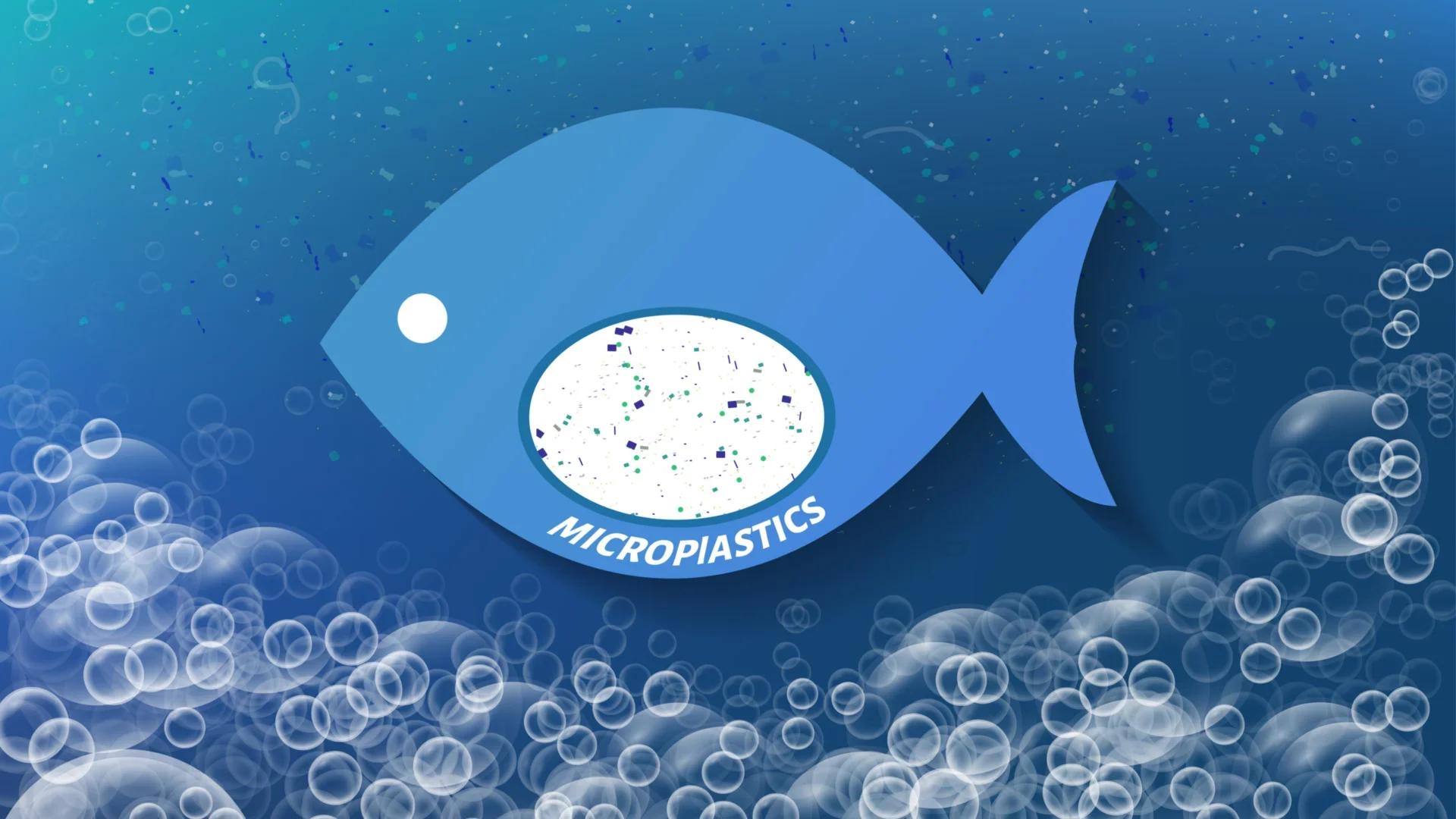Mermaid’s tears sound like they could be found in a children’s fairytale, but these micro-plastics otherwise known as nurdles, are far from good news if they make their way into the sea.
Read our Q&A for the lowdown on nurdles as well as advice for businesses!
What are nurdles?
A nurdle or mermaid’s tear is a pre-production plastic pellet. These pellets are the raw material of the plastic industry – the building blocks for plastic bottles, plastic bags, and so on. They are typically smaller than 5 mm in size; approximately the size of a lentil.
Due to their small size, accidental leakages of these plastic particles can occur at various stages of the production and transportation process and they can end up as microplastic pollution in the sea.
Are these micro-plastics a common form of pollution?
It is estimated that plastic pellets are the second largest source of microplastics entering the aquatic environment in the EU (2018 Eunomia Report).
Are they potentially dangerous?
Plastic pellets (nurdles) can absorb toxins from water and transfer them to the marine food web and potentially to humans so it is important we address this form of pollution.
How do they get into the environment?
The loss of these micro and nano-particles can occur at any point in the plastics supply chain, as they are being produced, packaged, transported and converted into plastic objects.
Pellet loss can occur at ports if containers are not properly secured or positioned, they can fall into the sea during a storm or collision with catastrophic results.

International disasters
In 2021 in one the worst disasters in Sri Lankan maritime history a fire on cargo ship MV X-Press Pearl, tonnes burning pellets washed onto Sri Lankan beaches polluting the area and causing fish to wash ashore with plastic trapped in their gills.
On 10 October 2017 an extreme storm in Durban caused the loss of 2 containers from a ship in the harbour. The containers broke and spilled a staggering 2.25 billion polyethylene pellets into the harbour. The spill was not contained and the pellets escaped into the Indian Ocean. Large concentrations of pellets were observed along the coast of South Africa and those that weren’t deposited were circulated off-shore where they were transported by ocean currents.
Plastic pellets (nurdles) on Northern Ireland beaches
The number of nurdles spotted along Northern Ireland’s coastline and the banks of waterways remains low. That does not mean that they are not present in large quantities, it could just be that people have not spotted them because of their size. The number of sightings of nurdles in Northern Ireland is increasing as awareness grows.
What can I do as a business to prevent plastic pellet pollution?
You can use Publicly Available Standard 510:2021 to mitigate the risk of spills to help reach the goal of zero pellet loss to the environment.
Publicly Available Specification PAS 510:2021 published by British Standards Institute July 2021
Recognising the need for a standardised, supply chain approach to prevent plastic pellet pollution, a multi-stakeholder group of sponsors including The British Plastics Federation, Marine Scotland and nine institutional investors co-ordinated by The Investor Forum and represented by Fauna & Flora International (FFI) supported the development of PAS 510.
PAS 510:2021 provides requirements for the handling and management of plastic pellets and covers organizational responsibilities, competence, training and awareness, risk assessment of pellet loss to the environment and operational controls.
PAS 510 can be easily integrated into a company’s auditing and compliance processes. Third party verification of compliance against PAS 510 requirements can raise the profile of a company’s environmental sustainability credentials and position the company as a leader in the supply chain. The PAS is free to access and can be downloaded here.



